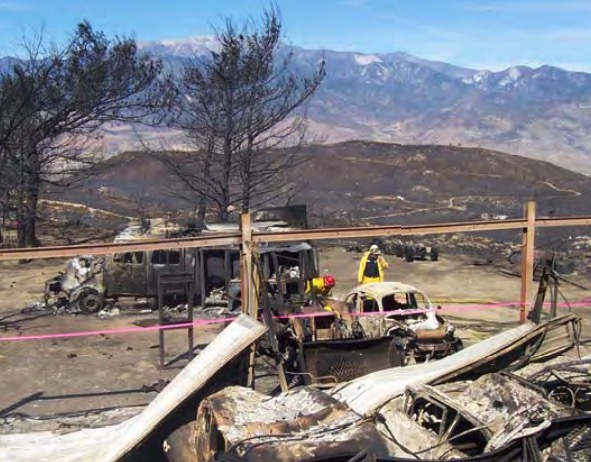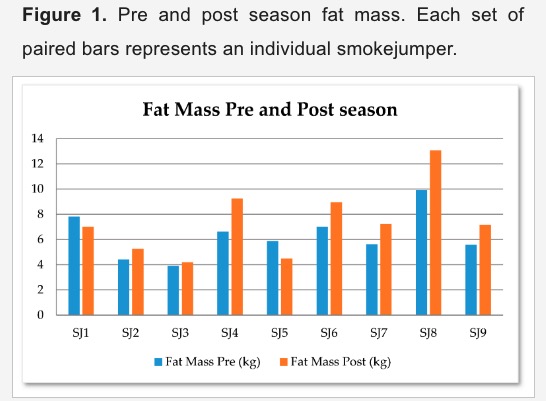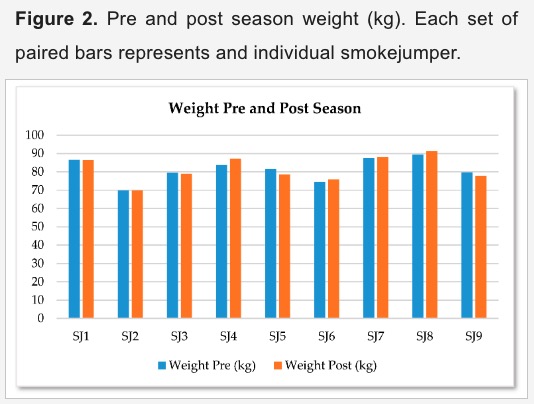
A Senate Bill introduced in January of this year took an important step through the legislative process Tuesday. The Wildfire Management Technology Advancement Act, Senate Bill 2290, was approved unanimously by the Senate Energy and Natural Resources Committee. It still has to be acted upon in the House of Representatives and the full Senate but this unanimous vote in committee is a good sign. It was introduced by Senator Maria Cantwell (D-WA) and co-sponsored by Cory Gardner (R-CO).
If the bill passes and is actually implemented by the federal land management agencies it would generate progress toward what we have called the Holy Grail of Wildland Firefighter Safety, knowing the real time location of a fire and the resources assigned. Too many firefighters have been killed when one or both of these critical pieces of situational awareness were unknown. Recent examples with a total of 24 line of duty deaths were on the Yarnell Hill and Experanza Fires.
The technology to monitor in real time a fire and firefighting resources has existed for years. Various systems are being used already by a few state and local agencies. The military does it for their war fighters, monitoring the enemy and their own forces. If implemented on fires, it will save lives. Firefighters lives are as important as soldiers.
The key points, below, in the legislation as currently written, have requirements for the Secretaries of Interior and Agriculture. The completion dates will be established from the time the legislation is signed.
- Establish a research, development, and testing program, or expand an applicable existing program, to assess unmanned aircraft system technologies, including optionally piloted aircraft, across the full range of wildland fire management operations. (within 180 days)
- Develop consistent protocols and plans for the use on wildland fires of unmanned aircraft system technologies, including for the development of real-time maps of the location of wildland fires. (within 1 year)
- Develop and operate a tracking system to remotely locate the positions of fire resources, including, at a minimum, any fire resources assigned to Federal Type 1 wildland fire incident management teams. (within 1 year)
- Establish a system to track and monitor decisions made by state and federal wildland firefighting agencies to flag unusual costs, and those that endanger firefighters or deviate from an applicable fire management plan. (no time requirement)
- Assign air resource advisors to Type 1 incidents. (no time requirement)
- Establish a system to collect data on firefighter injuries that were treated by a doctor, and all deaths during the Work Capacity Test, vehicle crashes, and aircraft accidents. (no time requirement)
- The two Secretaries will work with NASA to establish a “Rapid Response Erosion Database” and maps that would make it possible to evaluate changes in land cover and soil properties caused by wildland fires. (no time requirement)
- The two Secretaries, NASA, the Secretary of Energy, and the National Laboratories shall establish and maintain a system to predict the locations of future wildfires for fire-prone areas of the United States. (no time requirement)
- Conduct a study to determine the feasibility of operating aircraft at night when managing wildland fires. (within 1 year)
A press release issued by Senator Cantwell’s office (below) gave a shout-out to Wildfire Today for our relentless pursuit of the Holy Grail. Here is the complete text:
Cantwell Bill to Modernize Firefighting Technology Passes Committee
Legislation would bring state-of-the-art technology, including real-time mapping and GPS locators, to firelines across the country
Washington, D.C. — Today, at a business meeting of the Senate Energy and Natural Resources Committee, U.S. Senator Maria Cantwell (D-WA) – the committee’s top Democrat – secured passage of her bipartisan Wildfire Management Technology Advancement Act. The bill passed through committee unanimously.
The bill, co-sponsored by Senator Cory Gardner (R-CO), increases the use of technology to keep firefighters and communities safe, better reduce the risks from wildfires, and increase the effectiveness of wildfire response.
“We owe it to the brave men and women who risk their lives to fight wildfires to equip them with the best available technology, to keep them safe, and to ensure their efforts are effective,” said Senator Cantwell in her opening statement before the Senate Energy and Natural Resources Committee.
Included in the bill are measures to increase firefighter safety by providing crews on wildfires with GPS locators and using Unmanned Aircraft Systems to scout out and map wildfires in real-time. Wildfire Today refers to the simultaneous use of mapping aircraft and GPS locators as the ‘Holy Grail’ of firefighter safety. The bill also helps protect families and communities by assisting with smoke forecasting and planning for the impacts of smoke from wildfires.
Continue reading “Legislation advances toward the Holy Grail of Wildland Firefighter Safety”







